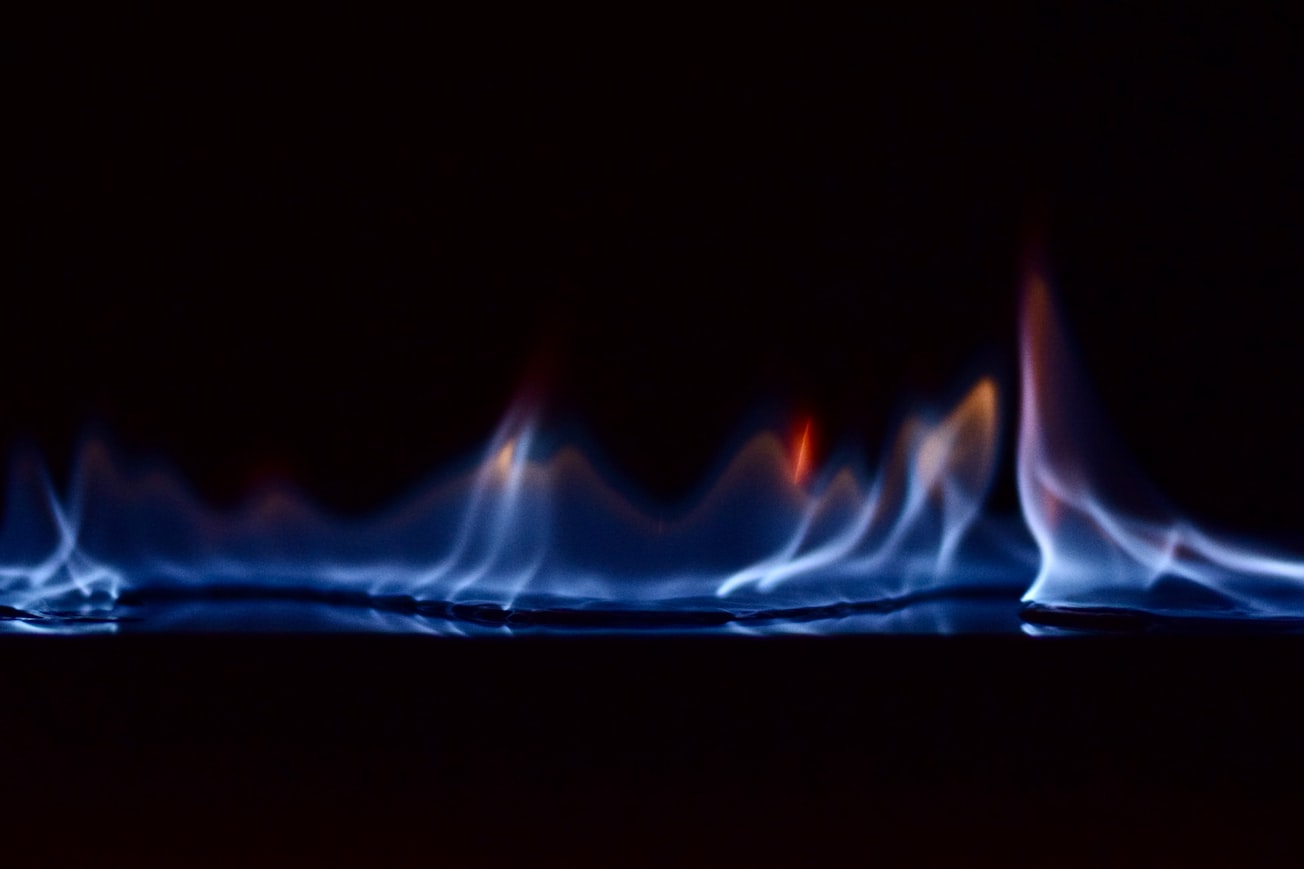What is it about?
A recently developed strategy for measuring flame speeds of fuel-oxidizer mixtures at high temperatures is applied to the study of iso-octane, a fuel of particular relevance to internal combustion engines. We provide the first experimental measurements of flame speed up to nearly 900 K, providing direct evidence of a regime where flame speeds decrease as temperature is increased, as opposed to the typically expected trend.
Featured Image

Photo by Sanjay Shivakumar on Unsplash
Why is it important?
This work represents the first experimental observation of negative temperature dependence in flame speed of any fuel, to the authors' knowledge. While this behavior had been predicted previously using numerical simulations, the experimental measurement of the phenomenon provides the first opportunity to evaluate and validate simulations at previously unstudied conditions of relevance to internal combustion engines.
Perspectives
It is widely accepted in the combustion community that flame propagation speeds monotonically increase with increasing unburned-gas temperature. I hope this work demonstrates that there is still much to be learned regarding the fundamental science of flame dynamics at engine-relevant temperatures, and that numerical simulations and low-dimensional correlations are not yet sufficiently accurate or complete to reliably extrapolate beyond the conditions at which they are validated against experimental data.
Adam Susa
Stanford University
Read the Original
This page is a summary of: Experimental Observation of Negative Temperature Dependence in iso-Octane Burning Velocities, AIAA Journal, October 2019, American Institute of Aeronautics and Astronautics (AIAA),
DOI: 10.2514/1.j058530.
You can read the full text:
Contributors
The following have contributed to this page







